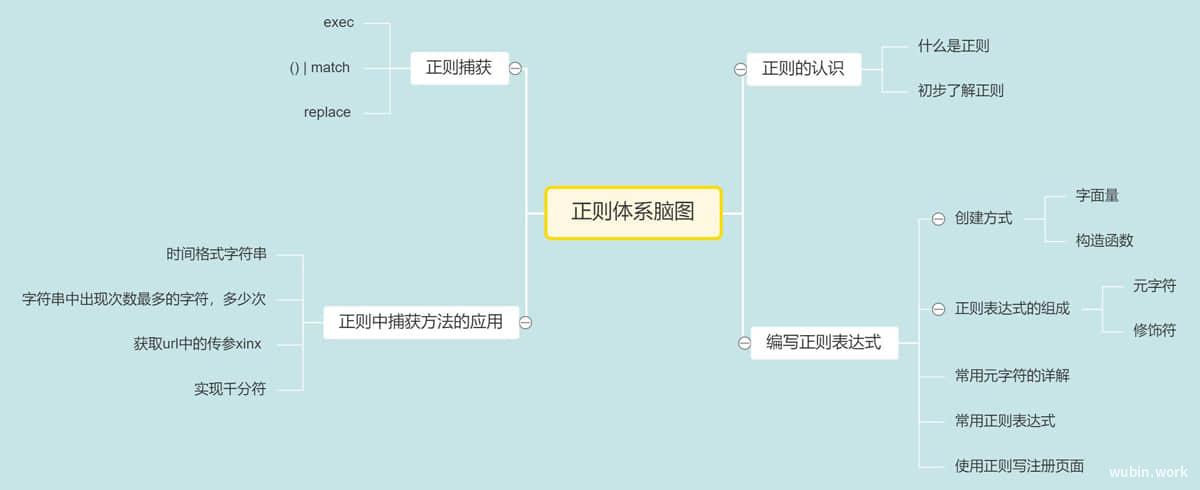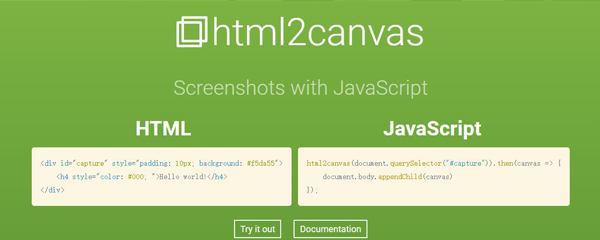前端下载文件的几种方式使用Blob下载文件
通用方法:a链接
在前端下载文件是个很通用的需求,一般后端会提供下载的方式有两种: 1.直接返回文件的网络地址(一般用在静态文件上,比如图片以及各种音视频资源等) 2.返回文件流(一般用在动态文件上,比如根据前端选择,导出不同的统计结果 excel 等)
我们可以通过download属性,可以实现对下载的文件进行重命名。
<a href="https://www.wubin.work.pdf" download="附件.pdf">下载文件</a>还可以使用编程式的写法:
<script>
function Download() {
window.location.href = 'www.wubin.pdf'
}
</script>
<script>
function Download() {
window.open('www.wubin.pdf')
}
</script>
注意:在使用window.open的时候在除Google Chrome 浏览器会拦截内容但在其他浏览器是可以直接下载的
- 如果要想Google Chrome 设置里面更改
使用blob文件流下载
<script>
function Download() {
axios({
url: "www.wubin.pdf",
method: 'GET',
responseType: 'blob', // 这里就是转化为blob文件流
headers: {
token: 'sss' // 可以携带token
}
}).then(res => {
const href = URL.createObjectURL(res.data)
const box = document.createElement('a')
box.download = '附件.pdf'
box.href = href
box.click()
})
}
</script>
下面封装了一个 blob的方法逻辑 感兴趣的可以参考一下
// 下载
const DownloadFile = (row: any) => {
contractApi
.xxxApi({ fullFileName: row.filePath })
.then((blob: any) => {
row.fileFormat = row.filePath.split('.')[row.filePath.split('.').length - 1]
download(blob, row.fileFormat, row.fileName)
})
}
export function download(file: any, fileType: string, fileName?: string) {
const blob = new Blob([file], { fileType})
const downloadElement = document.createElement('a')
const href = window.URL.createObjectURL(blob) // 创建下载的链接
downloadElement.href = href
downloadElement.download = fileName // 下载后文件名
document.body.appendChild(downloadElement)
downloadElement.click() // 点击下载
document.body.removeChild(downloadElement) // 下载完成移除元素
window.URL.revokeObjectURL(href) // 释放掉blob对象
}









 目录
目录